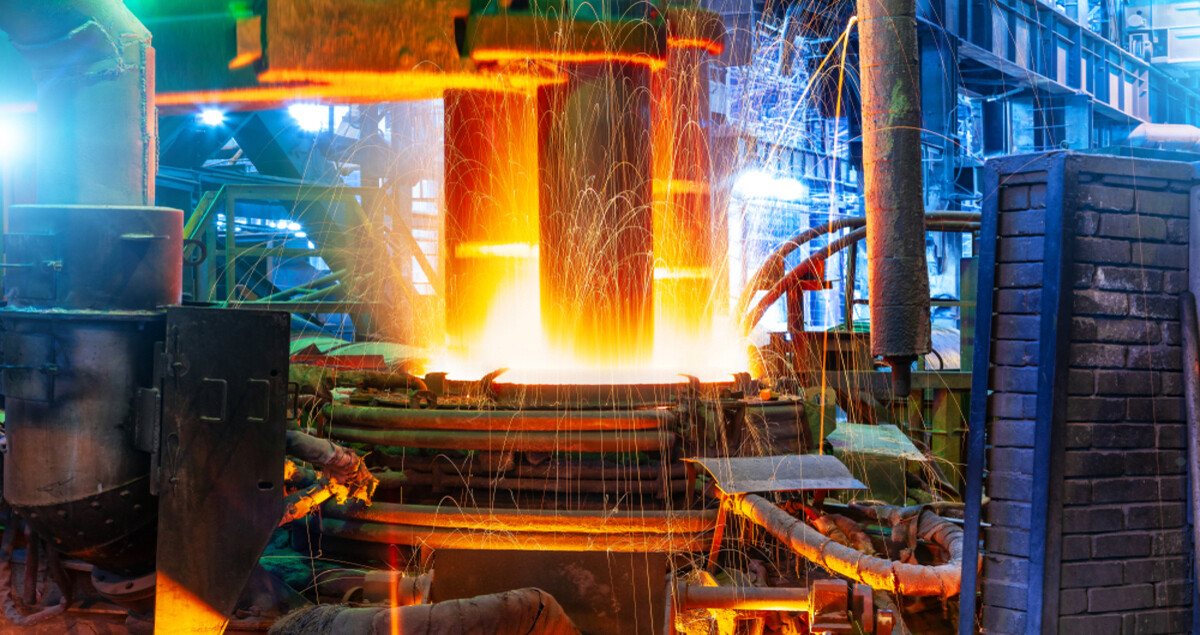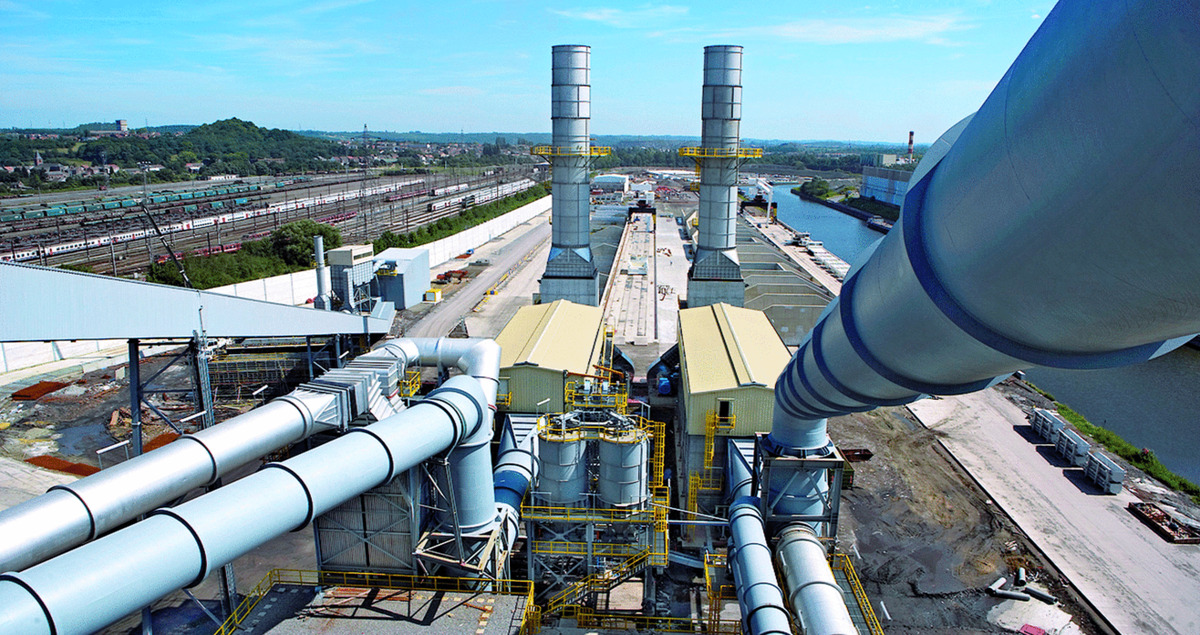How to reduce steel’s ‘other’ emissions

Steel has played a pivotal role throughout human history. And it will continue to be a vital part of our future too; as we transition to a net zero society, steel will be used to make wind turbines, solar panels, hydroelectric power turbines and more.
However, producing steel can be a dirty process. In the past, if you wanted to find where the steel was produced, all you had to do was look for the large brown area around the factory for the build-up of particulate matter (PM) and other pollutants from years of steel production, says Thomas Steinparzer, Head of Eco Solutions at Mitsubishi Heavy Industries (MHI) Group Company, Primetals Technologies.
These days, a combination of newer technologies and environmental policies has shifted the landscape, figuratively and literally. Steel producers need to address CO₂ emissions, but also need to tackle other pollutants including nitric oxides (NOx), sulfur oxides (SOx), carbon monoxide and many more.

What are these byproducts and why are they important?
While CO₂ emissions are a key focal point for reaching net zero, these other emissions that steelmaking produces need to be addressed as well, Steinparzer says.
The industry is heavily focused on reducing emissions from pollutants, which typically include (but are not limited to) NOx, SOx, PM2.5, PM10, organic carbon, carbon monoxide, volatile organic compounds and dioxins/furans, as well as emissions from heavy metals, such as mercury.
Each of the pollutants can have negative effects on both the environment and human health. Exposure to particulate matter, for example, can lead to more risk of cardiovascular problems and decreases in life expectancy. Furthermore, PM is so small that it floats in the atmosphere, and when it lands on glaciers, it darkens the color, thereby absorbing more sunlight, and speeding up melting.
Rules to improve air quality are getting stricter, meaning steel companies are already required to operate within defined pollution limits. But these environmental conditions are often set at a local governmental level, and standardization remains a challenge across the world.
But Steinparzer says broader oversight of the steel industry is growing and can help service rapidly increasing demand for greener steel, while creating international steel production certificates. Third-party not-for-profit organization Responsible Steel identifies and rewards companies that commit to a more responsible value chain by verifying and certifying the performance of steel and steel facilities.

Game-changing technology
In both brownfield and greenfield steel sites around the world, the main tool for cutting emissions is technology, and there are existing solutions for all harmful substances.
For steel producers utilizing blast furnaces, removing sinter offgas pollutants such as dust and metallic and organic components can be achieved with a series of treatment steps. Primetals Technologies’ MEROS system uses an injection of additives to help achieve the lowest level of pollutants present in sinter offgas to date, and can work with steel producers across multiple locations to guarantee compliance with agreed-upon emission limits.
For producers using electric arc furnaces, reducing emissions can be aided by dedusting systems, as well as by high-performance offgas treatment systems with high capture efficiency and an additive injection similar to the MEROS technology.

Outside of the steel factories, Steinparzer says the green steel industry’s potential to become greener is encouraging. As steel users make commitments to buying low-carbon steel, the availability of finance grows and policy support for the hydrogen and renewable sectors continues to accelerate.
“Steel — rooted in our history and crucial for our sustainable future — can overcome the challenge of reducing CO₂ emissions and various pollutants,” he says. “We already have the technology to create a truly green product.”
“Through innovative technologies, and global awareness, the industry is moving closer to a more environmentally responsible future.”
![]()
Learn more about Primetals Technologies' off-gas cleaning solutions





